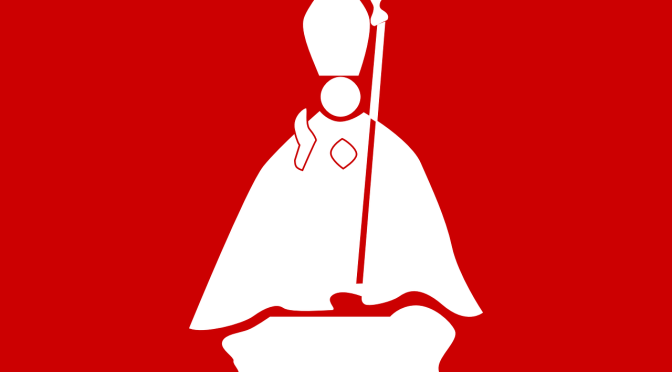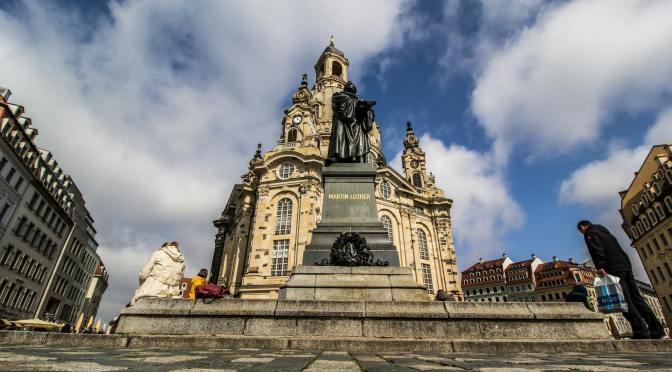Just as my congregation is in a time of discerning God’s future for us, so it is with many of our sibling congregations, synods and the Evangelical Lutheran Church in Canada (ELCIC) as a whole.
In fact, over the coming weeks and months, four of the five ELCIC Synods will be electing bishops. In all but ours, the incumbent bishops have announced they will not be serving another term. Stepping down will be Bishop Larry Kochendorfer in Alberta and Bishop Sid Haugen in Saskatchewan who have each served 12 years and Bishop Michael Pryse of the Eastern Synod who has served 26 years! Additionally, after 18 years National Bishop Susan Johnson will be stepping down as National Bishop after the National Convention next summer.
By next summer, four of six Bishops will be in the first year of their first terms. Bishop Kathy Martin of BC will have been serving for three years and Bishop Jason will be the old experienced hand with six years of service.
This will represent a significant change in leadership among Lutherans in the ELCIC, especially so in a time of significant change for the church.
Unlike the calling of a pastor, where a congregation or ministry enters into an intentional time of discernment through an extensive call process, where candidates are considered and interviewed before being voted on, Bishops are elected in the space of a few days at a Synod or National Convention. In the ecclesiastical election process, any pastor on the roster of the church is eligible to be elected.
In advance of these upcoming elections, materials for discernment have been provided and some synods are soliciting nominations ahead of time – though still any pastor can be nominated on the first ballot. After that, successive rounds of balloting occur with only the top vote-getters proceeding to the next round. It is similar to processes used by political parties electing leaders except without campaigning and hopefully more of the Holy Spirit.
The task of stepping into the leadership roles of newly elected Bishops (and relatively recently elected ones) will be to help guide the church through the rough waters ahead. It won’t be enough to simply keep our ship of the church steady ahead, as we already know that we need to change and adapt. Bishops will be called to lead the transformation of the church, envisioning new directions, lifting up and amplifying innovators, and making space for those who have been historically excluded from leading.
The task of conventions discerning and electing new bishops will be to avoid seeking safe and comfortable choices. When it feels like we are in crisis, we long for things that make us feel comfortable and safe. We long for easy and known choices. When faced with the need to change, options that feel like the least amount of change or the easiest path to change can be very tempting.
But the reality is that God is calling us to transformation that will not be easy or comfortable. Bishops and other leaders who will guide us through will need to be willing to push us to uncomfortable and difficult places.
They will need to help us seek faithfulness. And faithfulness will mean giving up a lot of ourselves and a lot of our baggage as the church.
But faithful is what God continues to call us to be, even in this changing world.
And faithful is what God promises to be, especially in the time of change ahead.
Pastor Erik+
PS The MNO Synod has prepared some materials for discernment here:





